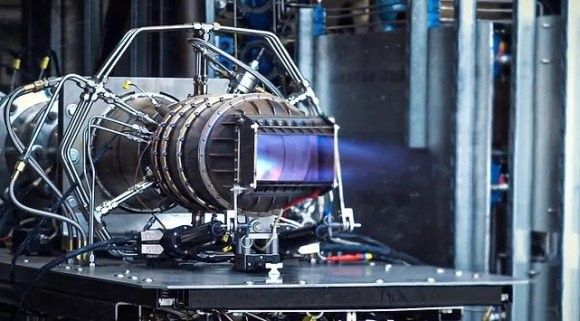“Polish Special Forces and Special Operations. Historical outline and present days” [Book Review]
Taktyka i Strategia Publishing House has published an English language “Polish Special Forces and Special Operations. Historical outline and present days” book written by Dariusz Dachowicz and Hubert Krolikowski. The book covers the genesis, history and describes the current operations carried out by the Polish Special Forces, with additional emphasis placed on the World War 2 period.
Both authors professionally deal with the field covered by the book. Col. Dariusz Dachowicz has gathered 22 years of experience, working at the Polish Special Forces units. For 3 years he has been a commander of the 1st Special Commando Regiment, he has also been a commander at the Special Forces Command staff. Hubert Krolikówski is an expert working in the fields of international conflicts and military history. He also works at the position of a professor at the Jagiellonian University in Krakow. Moreover, he authored several books covering the operations undertaken by the Polish Special Forces. Finally, he is also the author of the “Genesis and development of the Polish Special Forces and Operations” (“Geneza i rozwój polskich operacji oraz sił specjalnych”).
The book we are reviewing is divided into five parts, containing the description of the Polish special forces units, and the operation undertaken within the specific historical periods. The whole content is preceded with a short introduction, defining the terms related to the special forces and operations.
The first part of the book is also the shortest one. It presents the operations carried out by the “special forces”, starting from the Middle Age, finishing with the period before the World War 2. This chapter has a very general character, the authors, within its content, discuss the guerilla warfare tactics (including those used during the Swedish Deluge, national uprising and Silesian Uprisings), as well as the parachute training and ideas for special operations that were being considered during the last peaceful days preceding the war, in the light of the growing German threat.
The next chapter discusses formation of the Polish Special Forces and the operations carried out by the Polish Special Forces during the Second World War. Units and special operations carried out in the West, within the framework of the Polish Forces that were stationed in the West are also discussed in detail, along with the similar formations operating domestically as a part of the Polish Home Army, and the airborne unit formed in the USSR.
The third part of the book covers this type of units and their operations until 1989. This period is the least known one in the history of the Polish Special Forces. The authors briefly discuss the operations against the anti-communist resistance right after the war, and then they go on, to describe the reconnaissance units and the long-range reconnaissance components of the Polish People’s Army, existing in 1950s and 1960s. Next, the book also describes the special units of the land forces and of the Navy, starting from the early sixties, until the late eighties. The authors focus their research on presentation of a brief history of the described units, they also discuss the purpose, structural changes and peculiar elements of the tasks realized by the individual elements.
Fourth Chapter describes the special forces component of the Army after the year 1989, until the moment when Poland joins the NATO alliance. A lot of attention has been given to the “Little Flower” operation that took place in the former Yugoslavia. Formation of the GROM unit is also thoroughly outlined.
Fifth and the last chapter of the book describes the Polish Special Forces operations after Poland joined the NATO alliance. Former Yugoslavia, Afghan and Iraqi theatres are analysed. Many pages are devoted to formation of the Polish Special Operations Command and collaboration of the Polish Special Forces with their NATO counterparts or collaboration of the Polish Special Forces with the NATO special operations staff structure.
The book ends with several pages of notes, often containing additional information.
The book by Dachowicz and Królikowski is a well written source of the basic knowledge related to the history, organization and activities undertaken by the Polish Special Forces. It is the first book of this kind available in English, containing the information provided by an “insider”, who has gathered significant and valuable expertise in the described field. History of the operations carried out by the individual units are yet another strong point of the work, allowing the reader to get acquainted with the acquis of the Polish formations, classified as special forces.
The book may expand the knowledge of the operations carried out by the Polish commandos outside the territory of Poland. Without any doubt, it will be highly valuable for the foreign reader, in case of whom the Polish language makes it more difficult to use the Polish sources.
The book comes in a soft cover, it contains 96 pages, illustrated with black and white photographs.


WIDEO: Defence24 Days 2025: Premier Defence & Security Conference in CEE